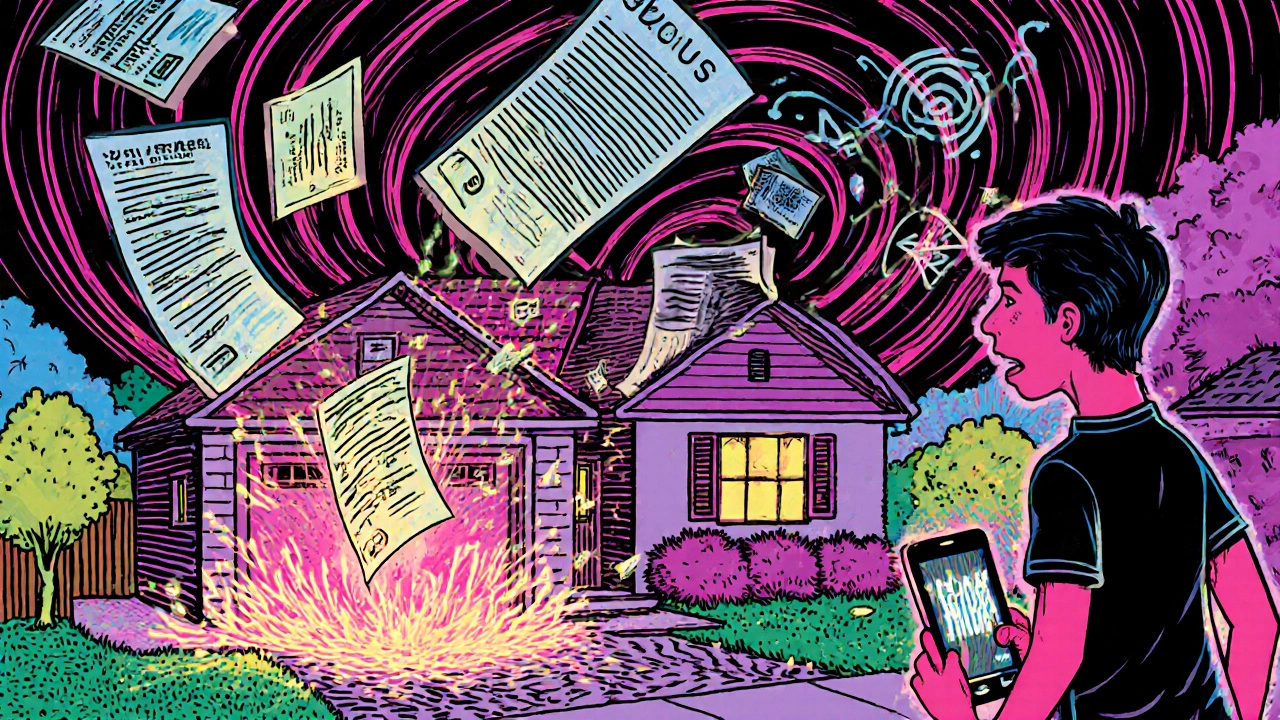Dark Web Monitoring: Protect Your Identity from Hidden Threats
When your email or password ends up on the dark web, a hidden part of the internet where stolen data is traded illegally. Also known as hidden web, it’s not a place you can Google—it’s accessed with special tools, and it’s where hackers sell your personal info. Every year, millions of people find out their data was leaked in a breach they never heard about. That’s not because they were careless. It’s because companies get hacked, and your information gets passed around like a bad handshake.
Dark web monitoring, a service that scans hidden marketplaces for your personal data acts like a security alarm for your identity. It doesn’t stop breaches—but it catches them fast. When your email, SSN, credit card number, or even your mother’s maiden name pops up on a dark web forum, you get an alert. That’s when you can change passwords, freeze credit, or call your bank before the damage starts. It’s not magic. It’s just smart. And it’s not just for high-profile targets. If you’ve ever signed up for a free trial, used the same password twice, or shopped online during a holiday sale, you’re already in the crosshairs.
Most people think identity theft means someone opens a credit card in their name. But it’s often quieter than that. Fraudsters use stolen emails to reset passwords on your bank account. They use your DOB and address to file fake tax returns. They sell your login details to bot networks that spam millions. That’s why data breach, an incident where sensitive information is exposed without authorization alerts matter more than ever. And why personal information exposure, when private details become accessible to unauthorized parties is the quiet crisis no one talks about.
You don’t need to be a tech expert to use dark web monitoring. Most services run in the background—just enter your email, phone, or SSN once. Then they watch. If something turns up, you get a clear heads-up: what was found, where it came from, and what to do next. No jargon. No panic. Just action.
What you’ll find below are real, no-fluff guides on how to set up monitoring, which services actually work in 2025, how to respond when your data leaks, and why free tools often miss the worst threats. These aren’t theory pieces. They’re battle-tested steps from people who’ve been there—whether it was a leaked password from a retail breach, a stolen SSN used for a fake loan, or a phishing attack that started with a single exposed email. You’re not alone. And you don’t have to wait until it’s too late.





